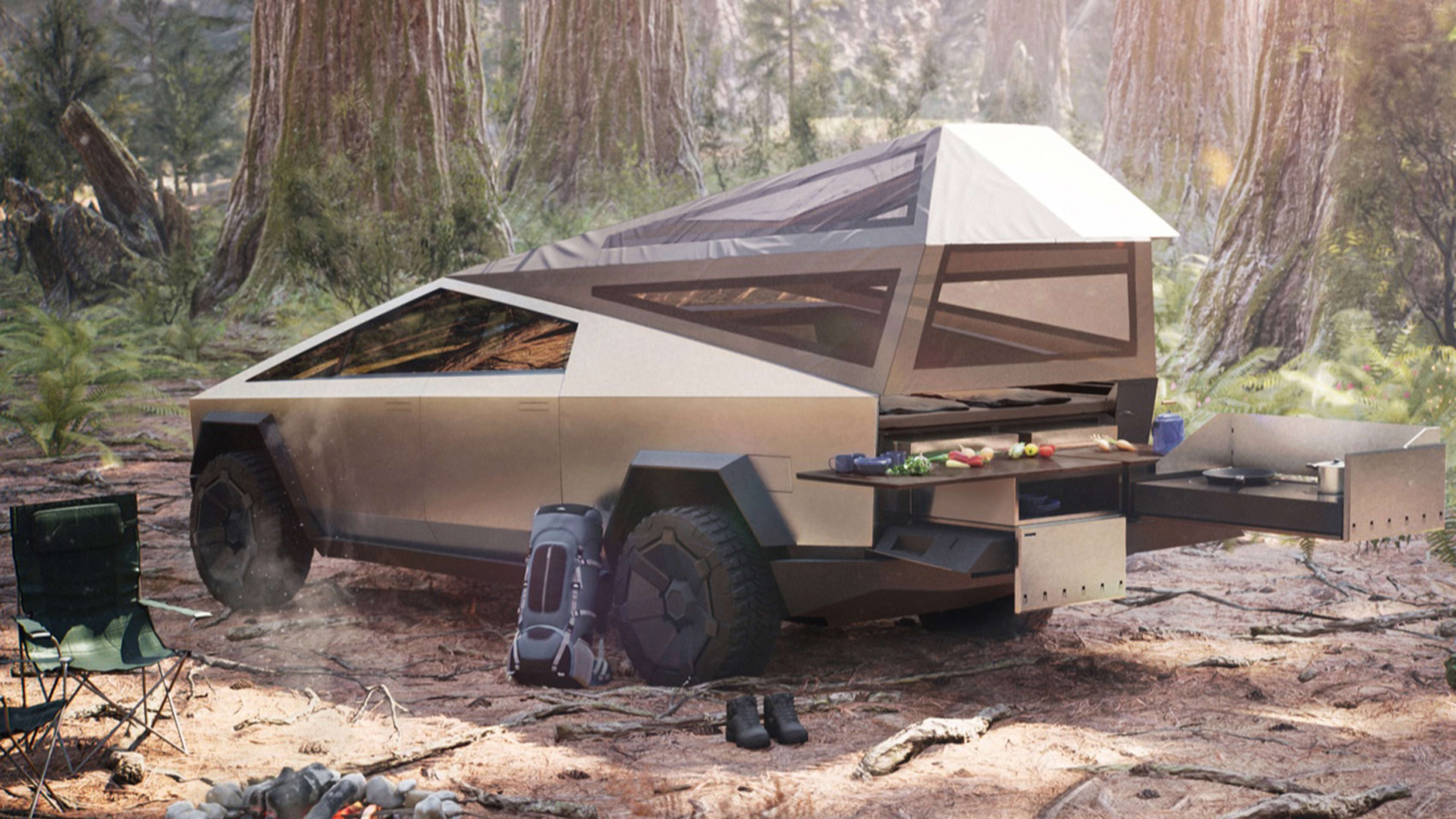Last night, Elon Musk announced Tesla’s new Cybertruck, an angular pickup truck straight out of 1980s sci-fi films. The early reaction on Twitter? Comparisons between the Cybertruck and everything from SpongeBob characters to a wedge of cheese. But as a design writer, I can’t help but think, “Leave that man alone!”
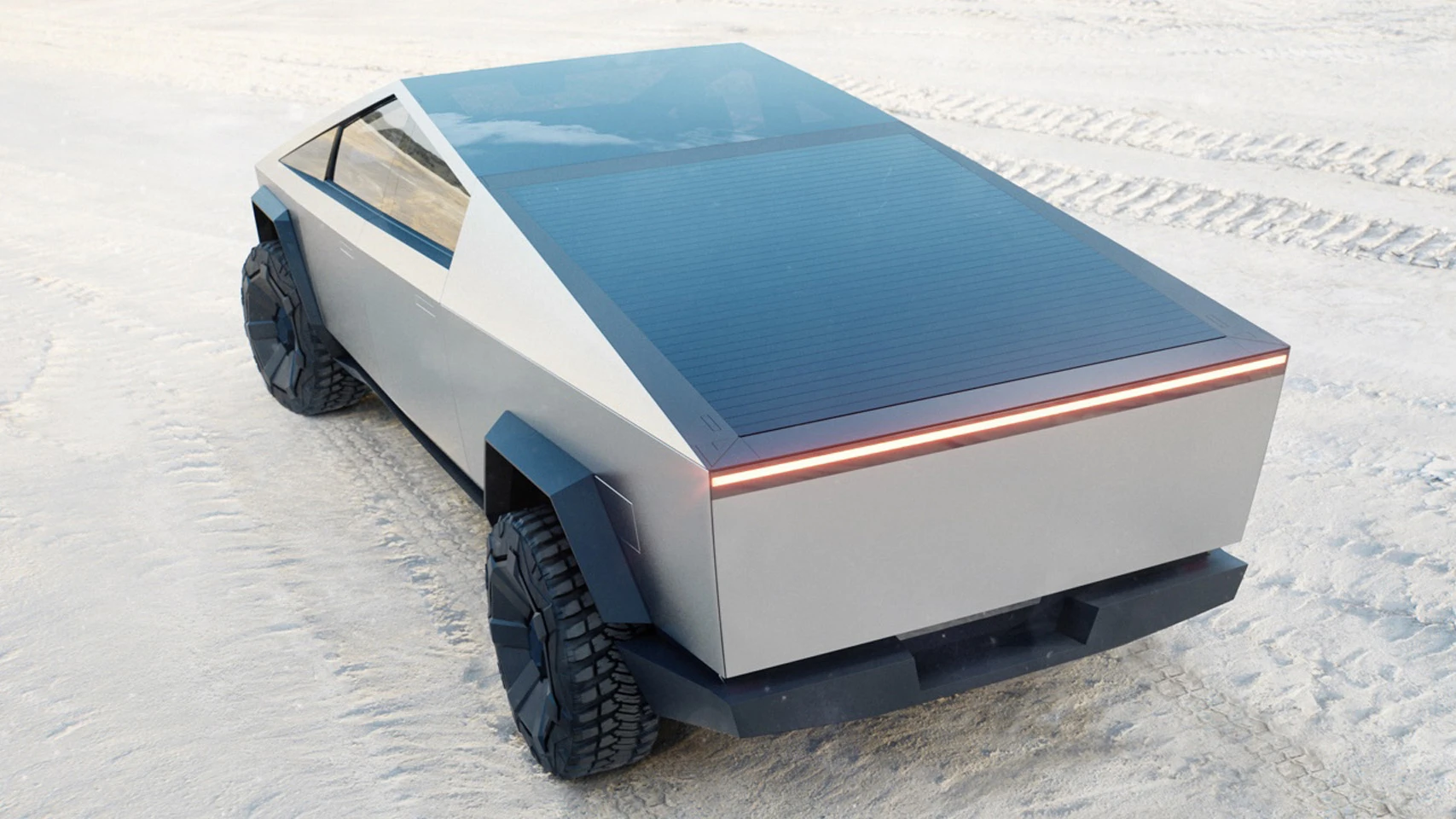
The Tesla Cybertruck is Tesla’s first vehicle with a true perspective. It’s the company’s first unabashed run at making an icon that’s as radical as its electric drivetrain. Jonathan Ward, founder of the vehicle company Icon, is an immediate fan of the new Cybertruck for the same reason I am: It has a point of view. “That takes balls, and that’s what the industry needs,” he laughs.
“Back in the day, brands had the gall to let one person mandate the design principles . . . brands expressed a personality. And by nature you’re not going to appeal to everyone,” Ward continues. “But I’d argue, the counterpoint is, if you design by committee and group and copying others to fit a spreadsheet of acceptability, you end up with something so [dull] people never bond with it.”
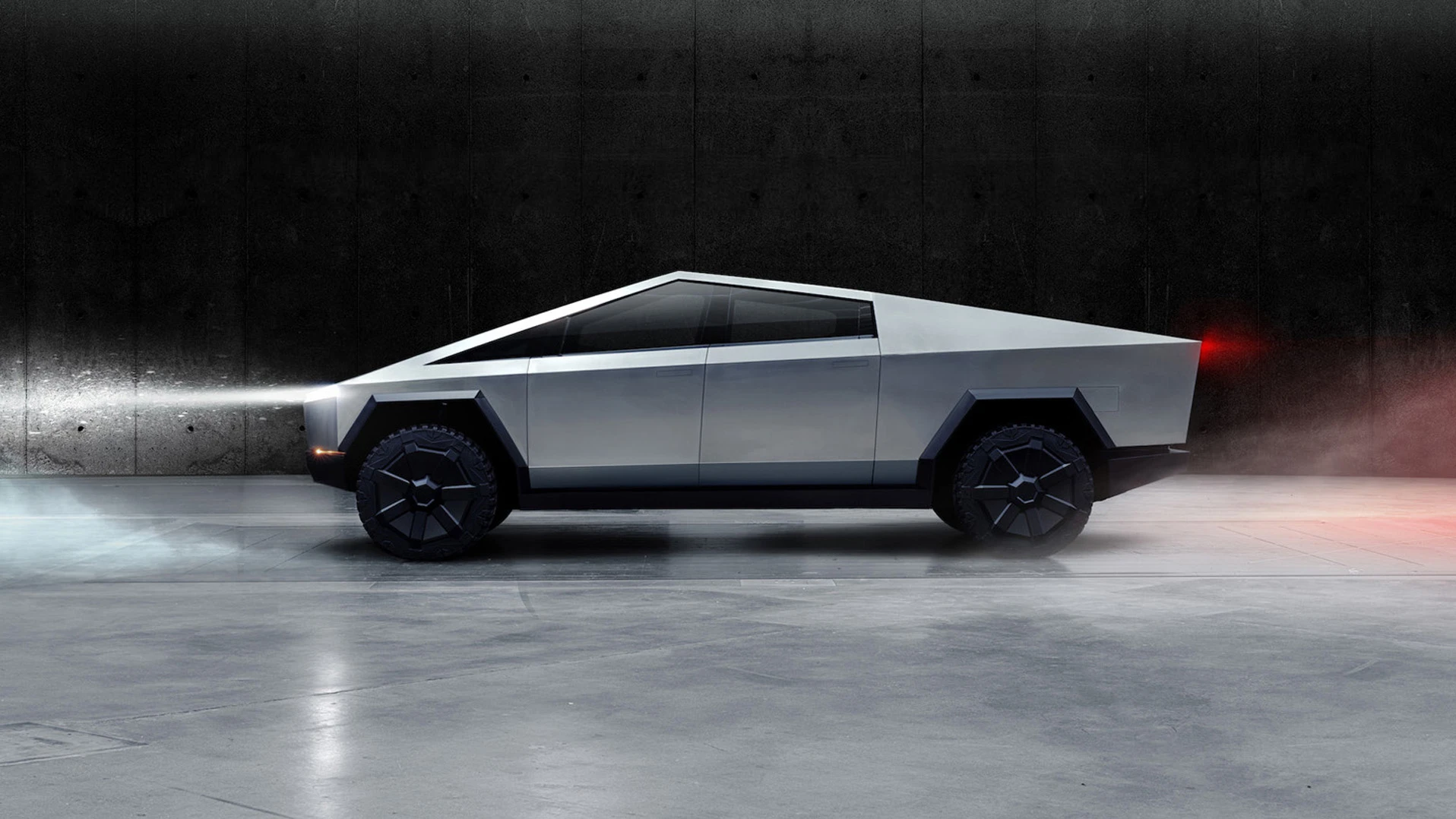
Sure, the Cybertruck’s design isn’t purely original—it’s steeped in historic references. The stainless steel paneling harkens back to the lightweight aluminum body of the DeLorean. The sharp corners and pyramid roofline speak the language of retrofuturism. Take a look at the prop vehicles from Total Recall or this one from Blade Runner, and it’s easy to imagine the Cybertruck pulling up alongside them in the back lot. Its form is actually closely related to its function: The vehicle is essentially folded together like a giant origami crane, which makes manufacturing less expensive and avoids the use of paint. And, sure, it’s also *vroom vroom* car design; this is fashion on four wheels. Maybe that’s not for you, and that’s okay—because it’s still for someone.
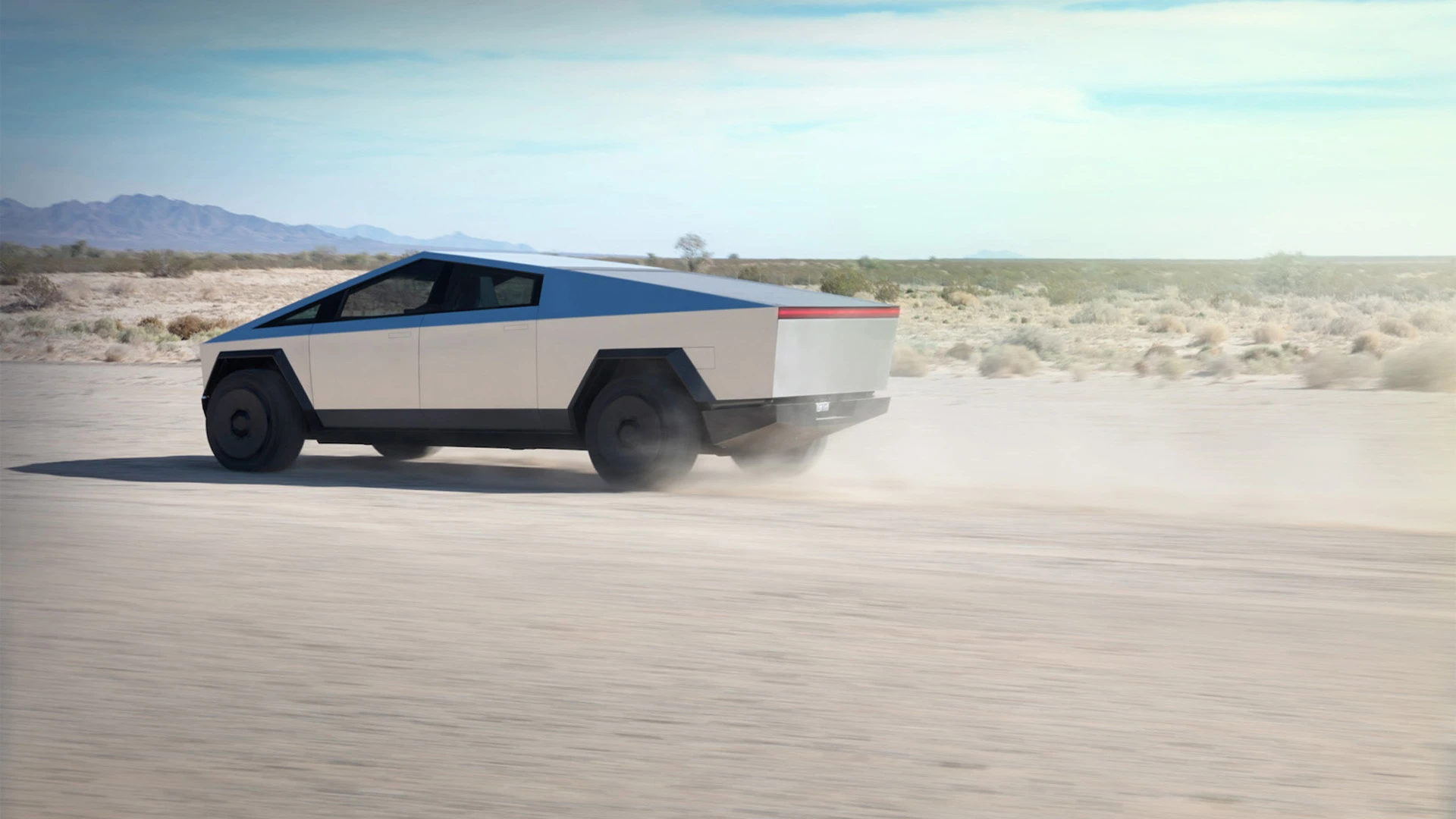
“The platforms that we’re revisiting each have very distinct personalities. Sometimes [they have] unique relationships with that consumer, from his favorite movie or whatever life reason,” he says. “There’s just an element of romance and design perspective that, unfortunately, no modern vehicle can really offer—with a few exceptions.”
[Image: Tesla]
I think about my grandma, who sometimes chose her cars with more passion than practicality. She drove her kids around in a fire-engine-red 1961 Chevy Impala convertible with a red leatherette interior. That’s right, red on red. I wasn’t born yet, but my dad recounts stories of her platinum blonde hair blowing in the wind as five children elbowed each other in the back. Remembering my grandma as a fun-loving free spirit, I can picture that scene with the sharpness of a 35 mm film, even though I never saw it with my own eyes.
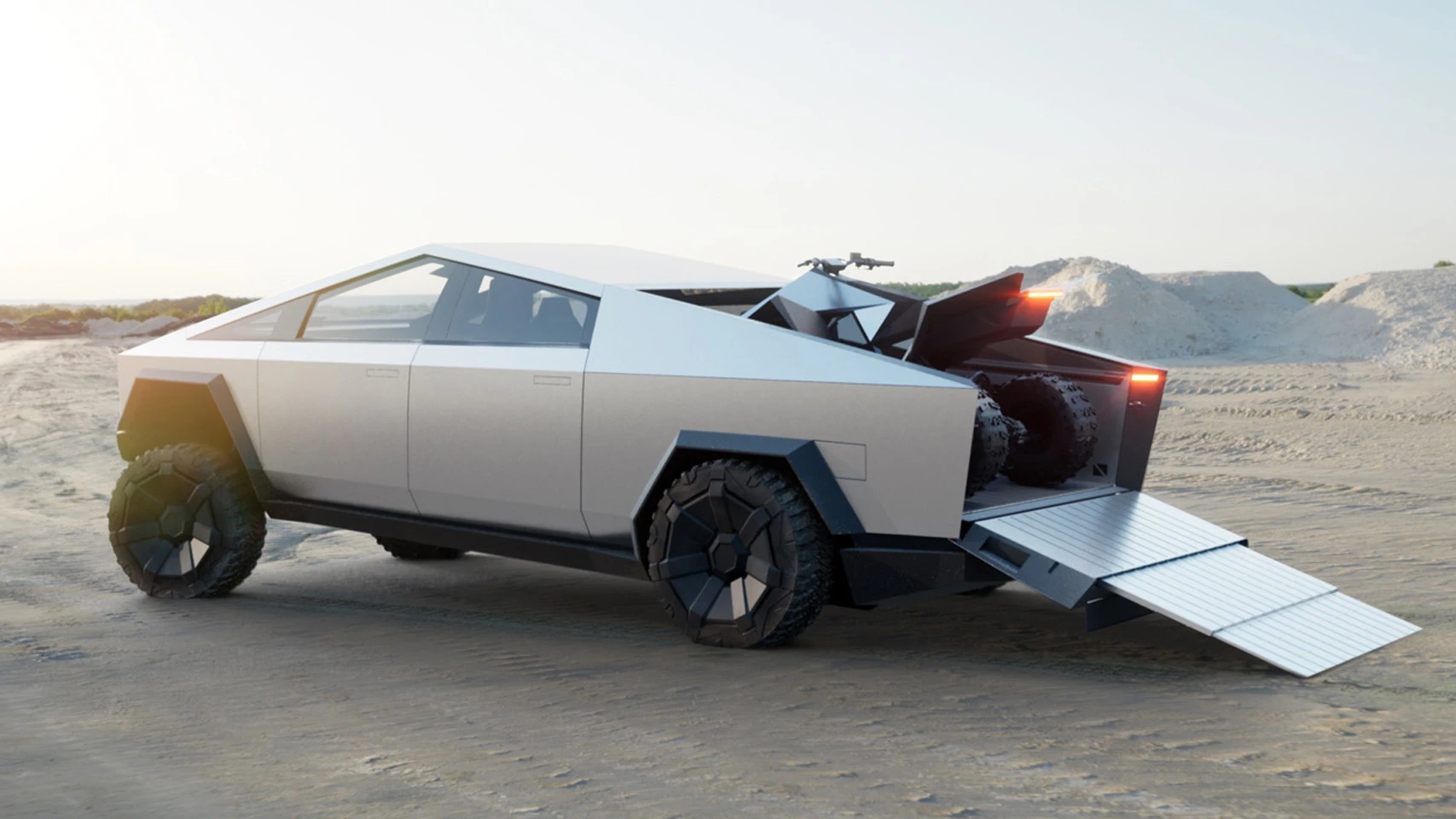
That era of car design is long past, and most people opt for grey and black vehicles due to their resale value. Today, consumers purchase a car by anticipating the end of its life; the design-driven, celebratory car culture of the past has dressed itself in funeral garb from the moment you drive off the lot. Furthermore, if you switch a grill here or a light there, you can see that many cars look more or less identical. Some of this sameness is just the result of an extremely conservative car industry, which creates car models to check boxes in categories such as “subcompact SUV.” Some of the sameness is due to the fact that cars really are more similar than ever, when you peel the body back and examine their chassis and drivetrain. Core platforms are increasingly shared across car manufacturers, and naturally, this turn to efficiency slices away at individuality. As a good friend who designs diesel engines recently put it to me, shaking his head in disbelief, “a Toyota Supra is basically a BMW Z4.”
“It’s like if Nike got bought by a firm that said, ‘We have too many SKUs, design one shoe that will appeal to everyone!” says Ward about the current state of car design. “What you’d end up with is a soulless capsule thing you put your foot into. People wouldn’t be driven by a sense of style.”
Whether or not the Cybertruck is your style, it has style. Of course the internet is laughing at the Cybertruck. That’s what the internet does. Anything that doesn’t conform to the mundane is memebait. But maybe it’s better to be a meme than be another black subcompact SUV, driven off the lot like it’s on the way to its own funeral.
Recognize your brand’s excellence by applying to this year’s Brands That Matter Awards before the early-rate deadline, May 3.
